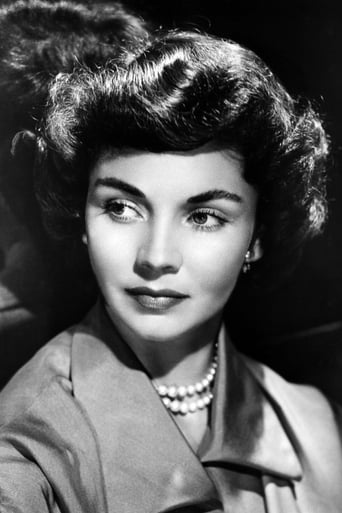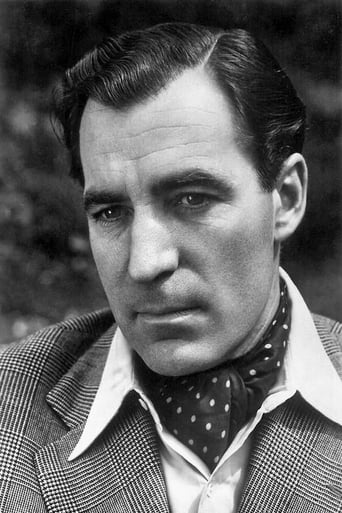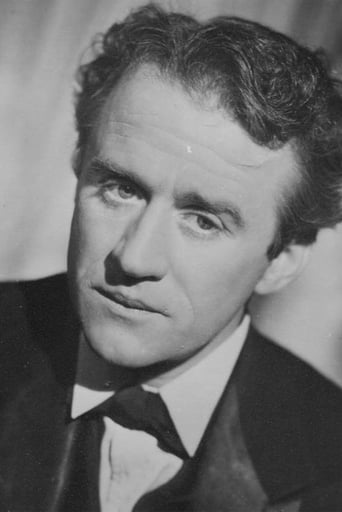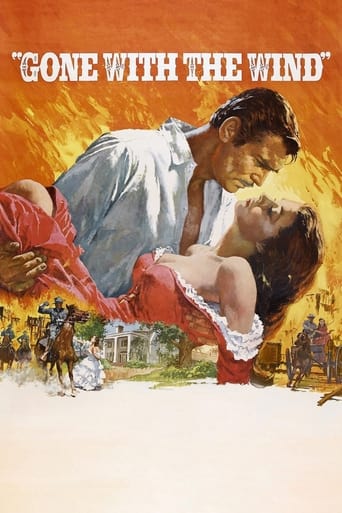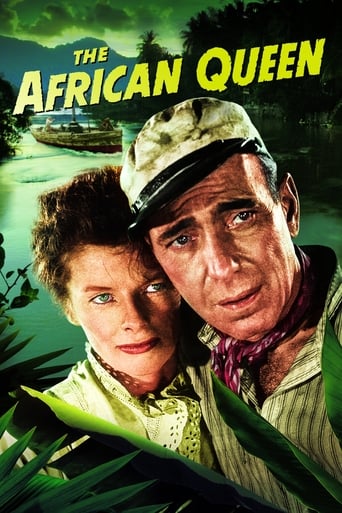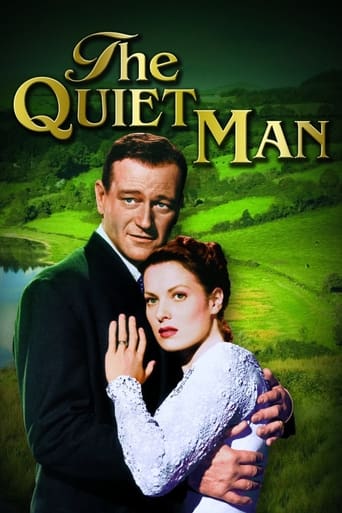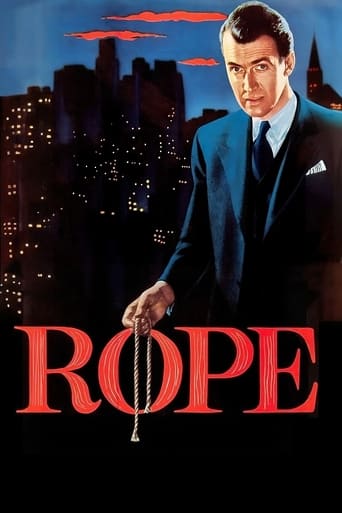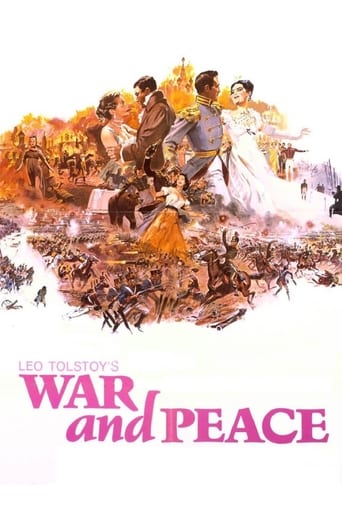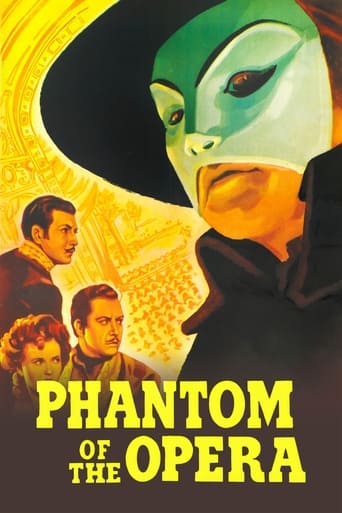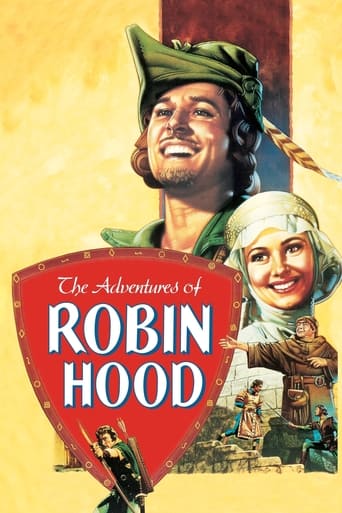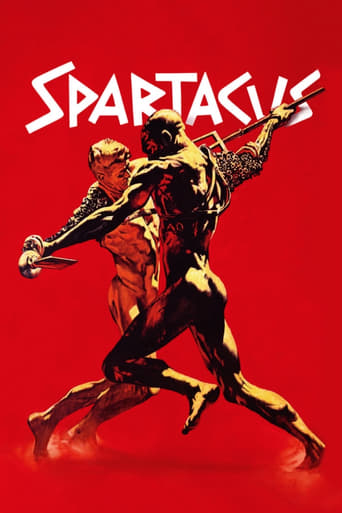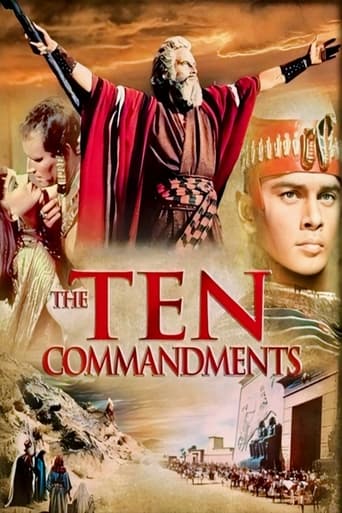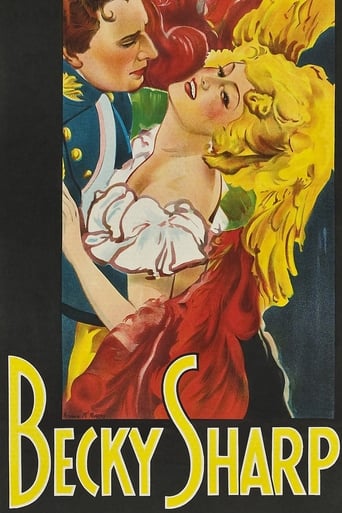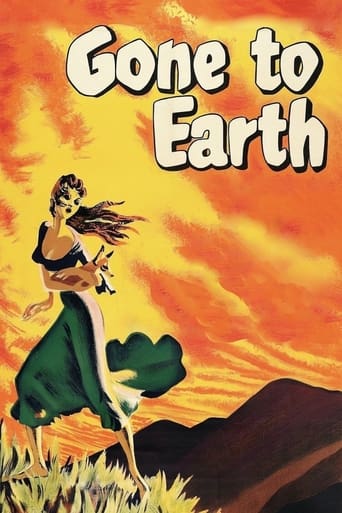

Gone to Earth (1952)
Jennifer Jones plays Hazel Woods, a beautiful young English Gypsey girl who loves animals and in particular her pet fox. She is hotly desired by Jack Reddin a fox hunting squire who vies for her affection and pursues her even after her marriage to the local pastor.
Watch Trailer
Cast


Similar titles
Reviews
Over the last ten years or so,I have been hearing a lot of people,from directors in great documentary's to people in the local DVD shop having conversations,and giving endless praise to what seems to be one of the now-most loved film making duo of the last sixty years:Emeric Pressburger and Michael Powell.And whilst I have seen some clips of A Matter of Life and Death and Peeping Tom,they have always been near the top of my list,of film makers whose work I should search out for.Sadly over the years I have kept them stuck on my list as peoples whose films I would pick up "next time",which has meant that I have always put them at the back of the queue. Recently,I was very surprised when my dad came back home one day,and he showed me that he had picked up a very rare restored Powell and Pressburger film,And from the moment that my eyes became transfixed on the great opening to this film,I realised that I had to make this my first Powell & Pressburger film right away..The plot:Whilst living with her cellist,coffin maker father,in a small house that is based in the rural town of Shropshire.Gypsy Hazel Woodus (who still reads her mothers old books of good spells and charms to help herself get through the day),one day finds a fox during her morning scroll.Feeling a special connection with the animal,Hazel decides to adopt the fox,and to give it a name (Foxy).Although her father's anger about her bringing the fox back with her,due to "Foxy" constantly trying to kill all of his chickens,Hazel remains extremely firm that show is not going to give Foxy away,and that he is going to remain her pet.On her walk back home,after having helped out some of the residents in the local area,Hazel is left startled when a horse and cart almost run her over!.With the man (John "Jack" Reddin) feeling very sorry about what had happened,John decides to give Hazel a ride to his place,so that she is able to relax and clean herself up a bit before he takes her home.As they arrive to his place Hazel is at a lost for words,when she realises that Reddin is a very wealthy man,who also has a stunning mansion.After having had a chance to relax Hazel seems to be developing some feelings for John.Stupidly,John loses patients and becomes a lot more aggressive in how he shows his feelings for her.Panicking Hazel (and Foxy) make a run for it to get back to their small village as fast as possible.Shortly after returning,Hazel impresses everyone by singing very beautifully at the local fair.Sadly,with the constant fear of Reddin returning to try and get together with her again,Hazel announces to her father that she will marry the first man that she sees.To everyones surprise,that man turns out to be the highly respected local vicar Edward Marston.Soon after Hazel and Edward have a very quick marriage and become man and wife.And although he is a very kind,sweet man,Marston becomes very uncomfortable when Hazel tries to show him any romantic gesture at all.Shortly after the marriage,Hazel is stunned when she finds out that John Reddin is going around her town,searching for her.And whilst she had first thought that John was not "her type" at all when they first met,she now feels a pretty strong attraction to Johns rugged looks,which leads to Hazel having to make the very tough decision if she should stay with her husband,or if she (and Foxy) should give Reddin a second chance..View on the film:With the screenplay of the film that Powell and Pressberger wrote,which is based on the book by Mary Webb.I feel that whilst it is not the most complex screenplay that has ever been written,it is still able to look at the issues that the film addresses in a very sophisticated manner.One of the main things that the film looks at is Hazel changing from being in an environment that is on the outskirts of town,where she and her father are able to live there lives the way their want,to her trying to fit into a much more wealthier environment,whilst trying to adopt her past learnings into an acceptable style.whilst most film makers would have turned this into a My Fair Lady-style film,with Hazel trying to become upper-class,Powell and Pressburger instead show,that the more Reddin tries to pull Hazel away from her life as a Gypsy,Hazel becomes more annoyed at how much Reddin is trying to get her to leave all her values on life behind,which she has used to follow her life by.Although all the cast give excellent performances,the shining star of the film is easily the gorgeous directing from Powell and Pressburger,and the cinematography by Christopher Challis.For the first half of the film the directors and Challis give the film the appearance of an enchanting Red Riding Hood/Brothers Grimm story,with the film being filled with Autumn colours that make all the excellent scenes of Hazel and her father living in the countryside almost looking like a living water colour painting!As Hazel starts distancing herself from her country life,the film makers take the look of the film into a brilliant,opposite direction.With the Reddins mansion,that due to being owned by a very rich person should be filled with light ,instead being filled with very dark,dimly lit shadows,the suggest that whilst the mansion may look as beautiful as the countryside on the outside,it is actually an almost nightmarish forest,that will try to keep you lost in the darkness of the building and the inhabitants in it,for a very long time..Final View on the film:One of the most beautiful looking film that I have ever seen.
The films of Michael Powell and Emeric Pressburger are celebrated, not necessarily for their story lines, but for their exquisite attention-to- detail. 'Gone to Earth (1950)' was shot on-location at Much Wenlock in Shropshire, England (with some interior filming at Shepparton Studios), and you'll rarely find a more glorious example of a natural setting used to evoke atmosphere. Even from the opening sequence, there's something magical about the English countryside – the wind seems to whisper with the music of a harp; the trees shudder in the breeze as though awaking from a stupor; the clouds stir overhead, signalling discontent in the heavens. Christopher Challis' stunning Technicolor photography captures every natural detail and imbues it with a mystical charm that is stifling and almost oppressive. The Archers produced the film in association with Alexander Korda and David O. Selznick, the latter of whom was so disappointed with the end result that he commissioned Rouben Mamoulian to extensively re-shoot scenes for the film's North American release, which was retitled 'The Wild Heart (1952).'Even though Powell and Pressburger effectively ignored Selznick's insistent recommendations for improvement, the producer's influence is still readily seen. For one, the film starred Jennifer Jones, by then Selznick's wife, who looks luminous while retaining that earthy homeliness of an English country girl. Her character, Hazel Woodus, in many ways recalls Pearl Chavez from 'Duel in the Sun (1946),' Selznick's costly Western epic. Both women, at first naive and uncorrupted, must choose between marriage to a reliable if unexciting suitor (Joseph Cotten in one film, Cyril Cusack in this one) and the embrace of an unpleasant, morally-barren scumbag (Gregory Peck or David Farrar). In Selznick's Western, Pearl's half-Injun ethnicity is shamelessly exploited to offer her character some sort of uncontrollable base sexuality. In 'Gone to Earth,' that Hazel's mother was a gypsy is utilised for similar purposes, her physical attraction to the repulsive Jack Reddin apparently stemming from this shady half-heritage, in direct opposition to the noble Christianity of her parson husband.Being mostly about atmosphere, 'Gone to Earth' doesn't have the exquisitely well-rounded characters of 'The Life and Death of Colonel Blimp (1943)' or 'I Know Where I'm Going! (1945).' Nevertheless, the main cast is to be commended for their understated roles. Jennifer Jones' British accent wavers on occasion, but her character is gorgeous and sympathetic, one whose transgressions we're willing to forgive on account of her general innocence; there's certainly a childlike naiveté in her unashamed affinity with nature, particularly her affection towards a pet fox. Less affable is David Farrar, whose oppressive, fox- hunting squire is a perpetual affront to Hazel's virginity. His character, at times, reminded me of Vincent Price's role in 'Dragonwyck (1946),' in which Gene Tierney's virtuousness is similarly destroyed by a uncouth and opportunistic nobleman. Cyril Cusack's clergyman, however honourable, embodies the adage that "nice guys finish last." The film quietly rebukes Edward Marston's unwillingness to take charge of his marriage to Hazel, and yet he overcomes his timidity only to lose everything he's ever cared about.
Among the strangest, and loveliest, of the Archers films. As with so many of their films, its real subject is the profound, almost mystical, connection of people to their physical environment, most notably the British countryside. The much under-rated Jennifer Jones gives an utterly fearless performance, throwing herself into a role that sounds unplayable on paper. The Christopher Challis three-strip Technicolor photography is bold and gorgeous, underlining the central importance of the landscape. Strange in the best possible sense, in that it takes us somewhere we've never really been. Even the Bronte sisters couldn't capture rustic England as well. But they never had the benefit of Technicolor.
I heartily recommend this film, but as others have said before me, avoid the dreadfully hacked version- The Wild Heart. It amazes me that Selznick could ruin such a wonderful piece of cinema. For me the locations are stunningly beautiful yet bleak. Based on the Mary Webb novel the movie was filmed in Shropshire , the book , as most of Webb's were, was also set there. The windswept Stiperstones and The Devil's Chair are not make believe. They really do exist and you can easily visit these locations.I always wanted to visit Shropshire, as a child I loved the Lone Pine stories by Malcolm Saville that were set there ( I still do ). They, as Webb's stories all were set in real places. The little church ( Godshill ) in the film is still standing and you can still make out the shape of the baptism pool in the garden. It's a beautiful, atmospheric place.I have now visited these locations several times. The long chimney you see standing in several sequences can still be found in the ruins of the old Snailbeach mines. It is so wonderful to stand in these places, on these hills ( the stiperstones, the Long Mynd ) and imagine 57 years ago when all the actors and crew stood in the very same place, you can't explain how you feel, but it's something very extraordinary.The film itself is a strangely evocative piece that features eerily scored music, wild but effective performances. Cyril Cusack stands out in a restrained, dignified part as the sad parson.It is his character that I felt so sorry for.Although poor Jennifer Jones ( Hazel ) is a tormented soul that you can't help but feel attracted to.A glorious piece of cinema of the past with wonderful locations. The plot may be all too familiar but the scenery, the characters and yes, Foxy all help pass the time in a blink of an eye. Watch it a couple of times, each viewing brings out something else that you may have missed.


